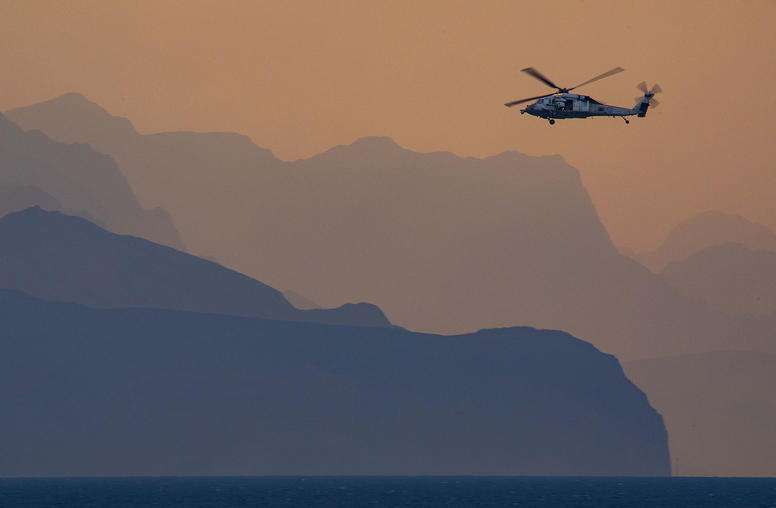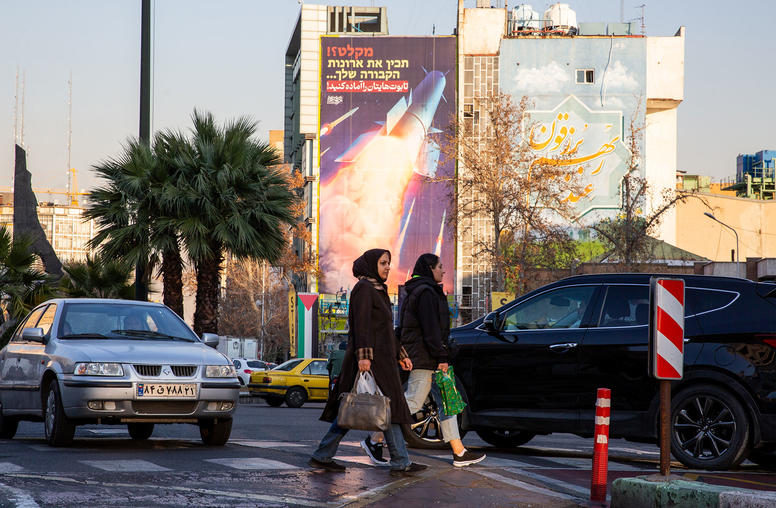U.S.-Iranian Engagement
On February 23, 2009, the Center for Conflict Analysis and Prevention of the United States Institute of Peace (USIP), together with the United Nations Association-USA and the Rockefeller Brothers Fund, held a roundtable discussion among top Middle East experts and former United States Government officials. Held at the Woodrow Wilson Center for International Scholars, the meeting’s purpose was to discuss prospects for creating a diplomatic framework through which the United States and the Islamic Republic of Iran can address issues of common concern in the Middle East and South Asia, and in so doing, advance an engagement dynamic that might eventually open the doors for rapprochement between the two countries.
On February 23, 2009, the Center for Conflict Analysis and Prevention of the United States Institute of Peace (USIP), together with the United Nations Association-USA and the Rockefeller Brothers Fund, held a roundtable discussion among top Middle East experts and former United States Government officials. Held at the Woodrow Wilson Center for International Scholars, the meeting’s purpose was to discuss prospects for creating a diplomatic framework through which the United States and the Islamic Republic of Iran can address issues of common concern in the Middle East and South Asia, and in so doing, advance an engagement dynamic that might eventually open the doors for rapprochement between the two countries.



